Be prepared for these common first-time homeowner pitfalls, so you won't make the same mistakes.

The Goldilocks Dilemma
According to a recent analysis from CNBC, the biggest regret of new homeowners is buying a home that is either too large or too small. Whether you can’t find the room you need for your family, or you realize that you’re paying for square footage you don’t use, having a home that doesn’t meet your needs is a recipe for frustration.
Avoid this issue by buying for what you need, not what you think you should need.

No Emergency Budget
Making the shift from renting to owning can be an exciting way to build long term wealth, but it also carries certain financial burdens of its own. In addition to a mortgage, taxes and insurance, homeowners also need to set aside money for repairs and maintenance. Often called ‘carrying cost’, these ongoing expenses are simply part of home ownership. You can build these funds gradually, but if your home’s purchase price leaves you with nothing in the bank, you’ll be in trouble if an emergency occurs during your first months of ownership.
Avoid this issue by keeping an emergency fund (many experts suggest between $2,000 and $3,000). Another approach is to invest in a home warranty.
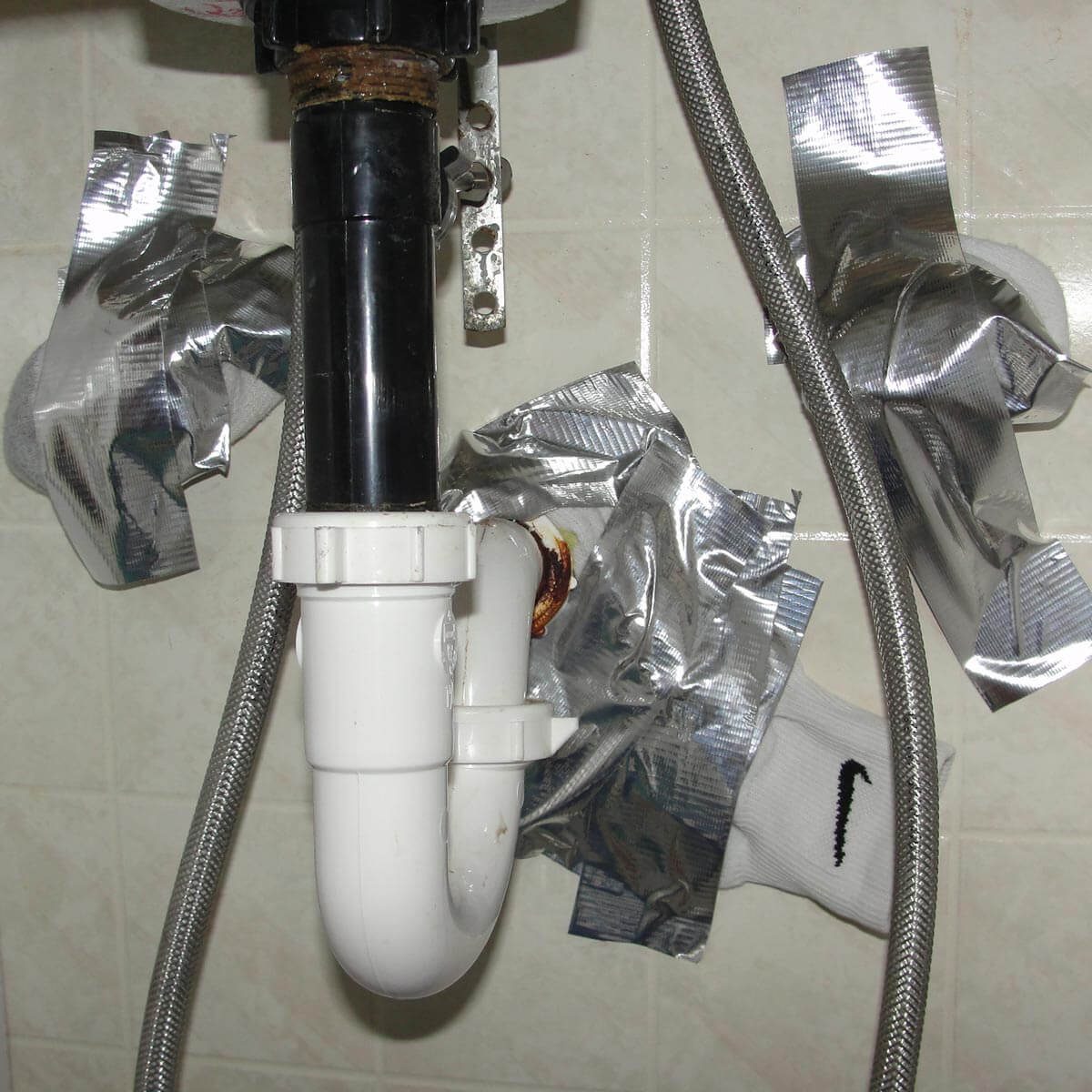
Weekend Warrior Residue
Just because you are a smart DIYer who does your research (at sites like Family Handyman), that doesn’t mean that everyone is as responsible. Some poorly planned home repairs are simply band-aids, and while they need to be addressed, they aren’t anything to worry about immediately. Others, however, are time bombs waiting to go off on the unwary new homeowner!
Avoid this problem by pushing your home inspector to look closely at any home you’re considering for purchase, and by not ignoring any signs of sub-par craftsmanship. This Family Handyman article demonstrates some of the shockingly poor maintenance nightmares you might encounter.

Mountains from Mole Hills
A house is a major purchase, and any residential building is filled with hundreds of spots where something might have less than perfect finish. Sooner or later, you’re going to find an issue that has slipped past you, your Realtor and your home inspector. If your first reaction is to panic, don’t worry: that’s a perfectly natural reaction. But take a deep breath, step back and really examine the issue. Is the issue as serious as the DIY nightmares discussed earlier? Or is it as minor as a stuck deadbolt? It’s understandable (and maybe unavoidable) to be worried about your new home, and most homeowners will have an “oh, no!” moment or two after moving in. The trick is to have a reaction that’s in proportion to the problem.

Not Being Involved in the Home Inspection
You may have noticed that the last couple of tips have referenced a home inspection. That’s because you absolutely should have any potential purchase inspected, even if you have DIY experience or construction experience. A second pair of eyes is invaluable even for the most experienced of home buyers. If you stop to think of this, it’s true of every field: A novelist depends on an editor, a hall-of-fame ballplayer depends on a coach, and a smart DIYer depends on a home inspector when buying a home.
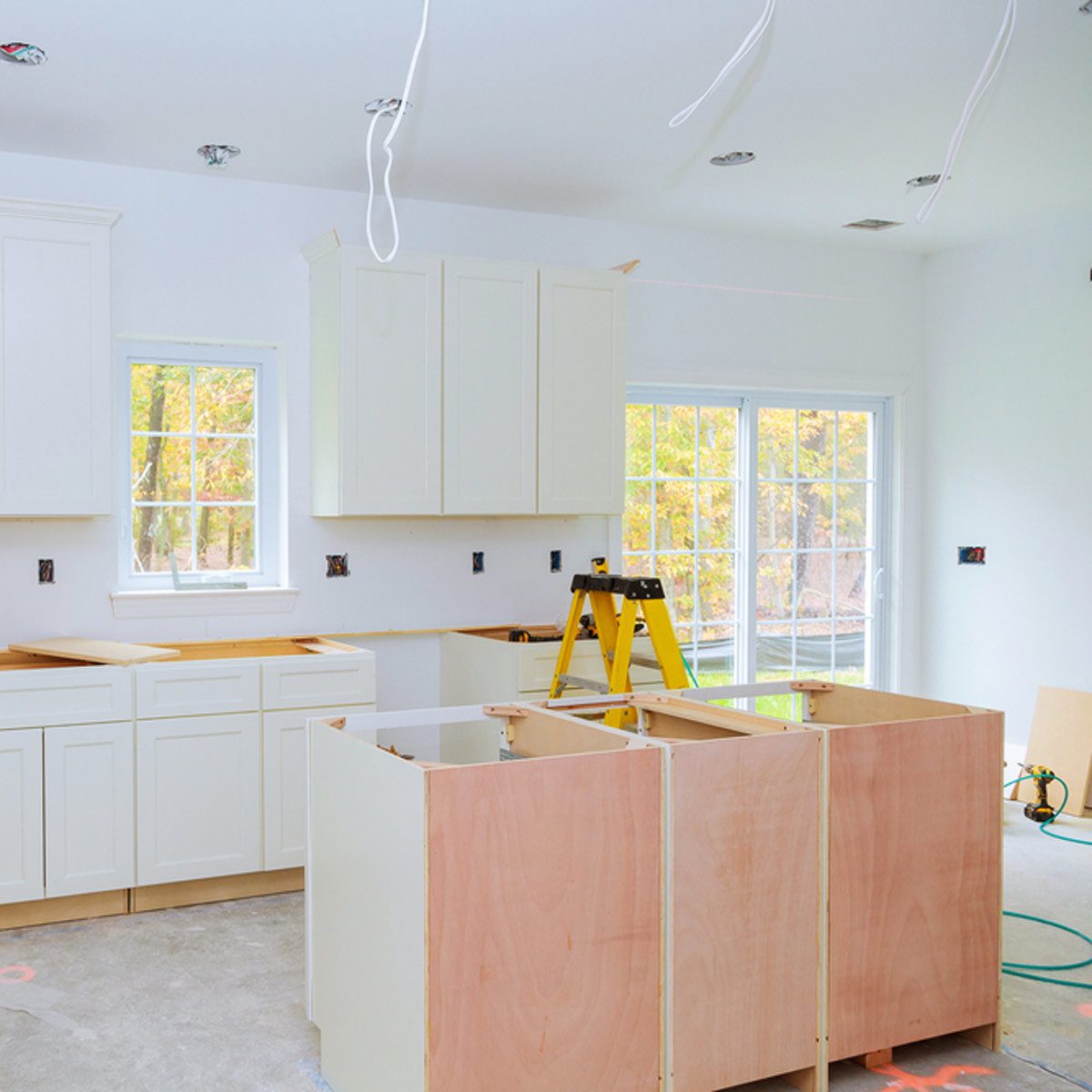
Misjudging Your Ability to Live in a Construction Zone
This is a problem especially common for members of the DIY community. No matter how much experience you have working on small projects or working on other people’s homes, the first time you begin a major project on your own home, you’ll have to deal with sleeping and eating in a construction zone. You may think this is no big deal, but everyone has their own line where the mess is “too much”. And if you have a spouse, then it’s pretty much a guarantee that your line is different from theirs!

Knowing Just Enough to Be Dangerous
The DIY experience is wonderful, and it allows people all over the world to experience the joys (and occasionally frustrations) of creating and maintaining their own projects. But there are still some tasks that should be handled with caution. You may still be able to tackle them yourself, but as a new homeowner you owe it to yourself to do all the research needed to make sure you’re making smart choices.

Buying the Most Expensive Home on the Block
Trendsetting is good in many situations, but not often in real estate. If you do have the biggest or most developed home on the block, you’re setting the bar for sales price. When it comes time to sell, you may struggle to find comparable sales, since the other homes in your neighborhood will be selling for less than your home is worth. Most experts advise avoiding this situation entirely. If it’s too late, or if you simply fell in love with the home enough to not care, consider putting more effort into improving the landscaping, rather than continuing to improve the interior of the home.

Not Researching HOAs
Homeowner Associations (HOAs) govern almost 20% of American residences. While most homeowner associations are perfectly fine, there are a minority that give the organizations a bad name. Look for negative coverage in the local press, and if possible ask a sampling of neighbors to find out their impressions of the organization. Should anything raise red flags, give some serious thought to what you might be committing to.

Not Researching the Area
Noise level and commute time, can vary wildly depending on the time of day. If you’re going to be arriving or leaving home at a certain time, check out the traffic around then. And see what the neighborhood is like after dark. You might find that the quaint little taproom down the street hosts all-night karaoke. The presence of traffic or a little noise may not be enough to prevent you from buying, but you’ll be much better situated to deal with it if you know ahead of time what you’re getting into.

Buyers Remorse is Inevitable
There’s almost no way for a new homeowner to completely avoid buyer’s remorse. The little pitfalls that come with buying a home can be stressful and drive you crazy. The good news is that it’s all worth it! For all of its challenges, home ownership can be mentally and financially rewarding. No matter how stressful it gets, don’t forget that you’re not alone! The Family Handyman community of DIY enthusiasts is here to help you on your journey.

Not Considering Schools are Important
Even if you don’t have kids yet or don’t plan on having kids ever, schools in the neighborhood are important to consider when buying a home. A good school district can help maintain home values and boost resale opportunities. It usually brings with it higher taxes, which go partially to the school district. Do your research to determine if buying in a good school district is worth it for your household.

Not Getting Pre-Approval to Know Your Limits
Understanding the maximum mortgage amount that you can afford helps tremendously during your home search. It’ll save you from looking at homes (and potentially getting your hopes up) that aren’t within your means. And don’t forget, fixer-uppers are cool, too, if you’re into DIY or like learning how to do things like build cabinets!
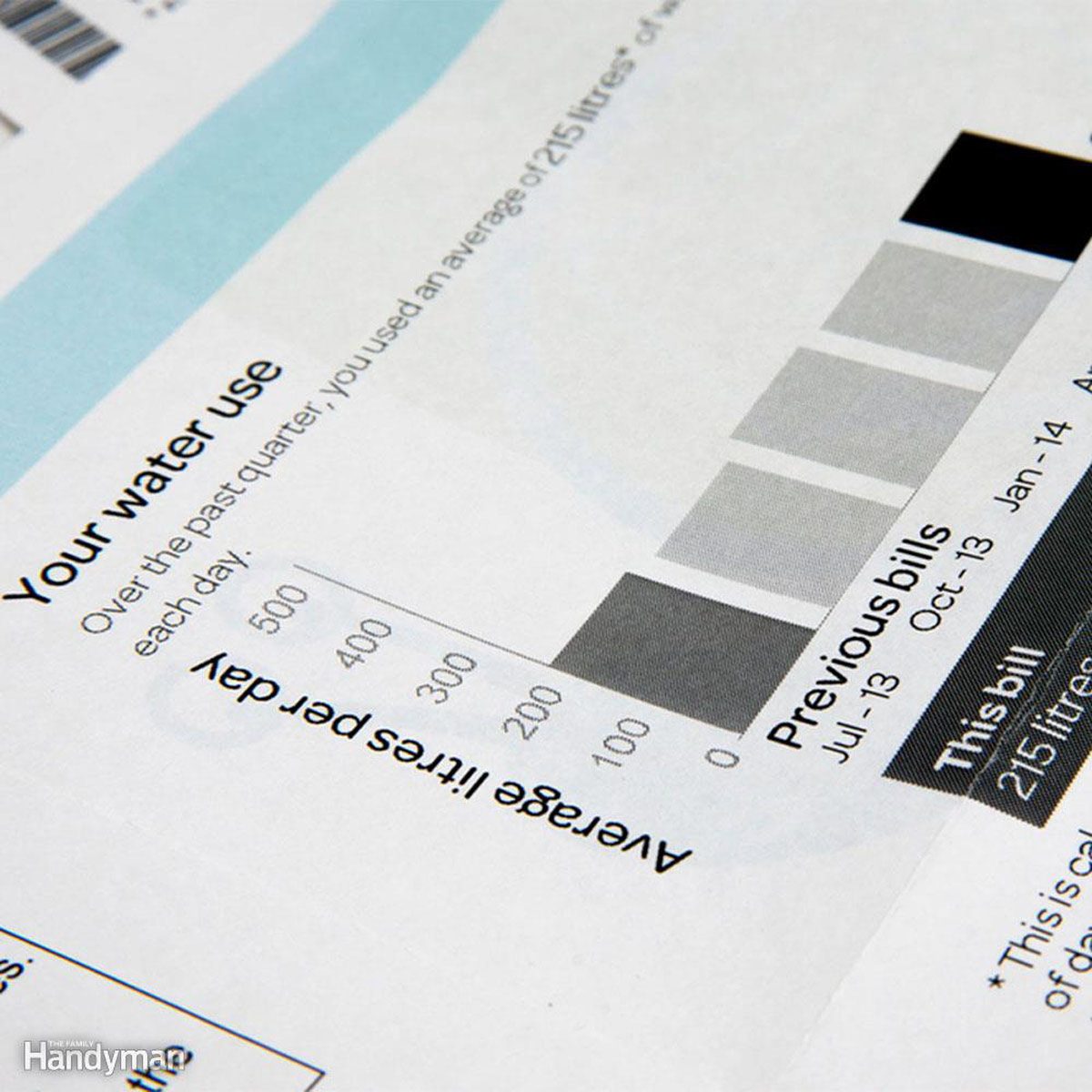
Forgetting to Ask About Utility Expenses
Get estimates for utility expenses from the real estate agents or current or former homeowners. It helps to know how much it’ll cost for water, waste management and other monthly and annual expenses before you move in. If cable, internet and good cellular service are paramount in your family, be sure to ask questions about those options, too. And remember, there are also ways to save on utility bills after you move in.

Not Planning on Future Development
When you have a specific house in mind, think about potential developments. For example: If the home is near a busy road, will there be expansion in the near future? If there is a lot of open space around the home, will more homes be built in the area soon? If there are several homes for sale in the neighborhood, are they selling quickly and who’s moving in? It may be difficult to find concrete information about future developments, but keeping some what-ifs in mind as you look can help you find your ideal home. Also, keep in mind the potential resale value of your future home because no one knows what the future holds and you may need to sell earlier than you imagined.
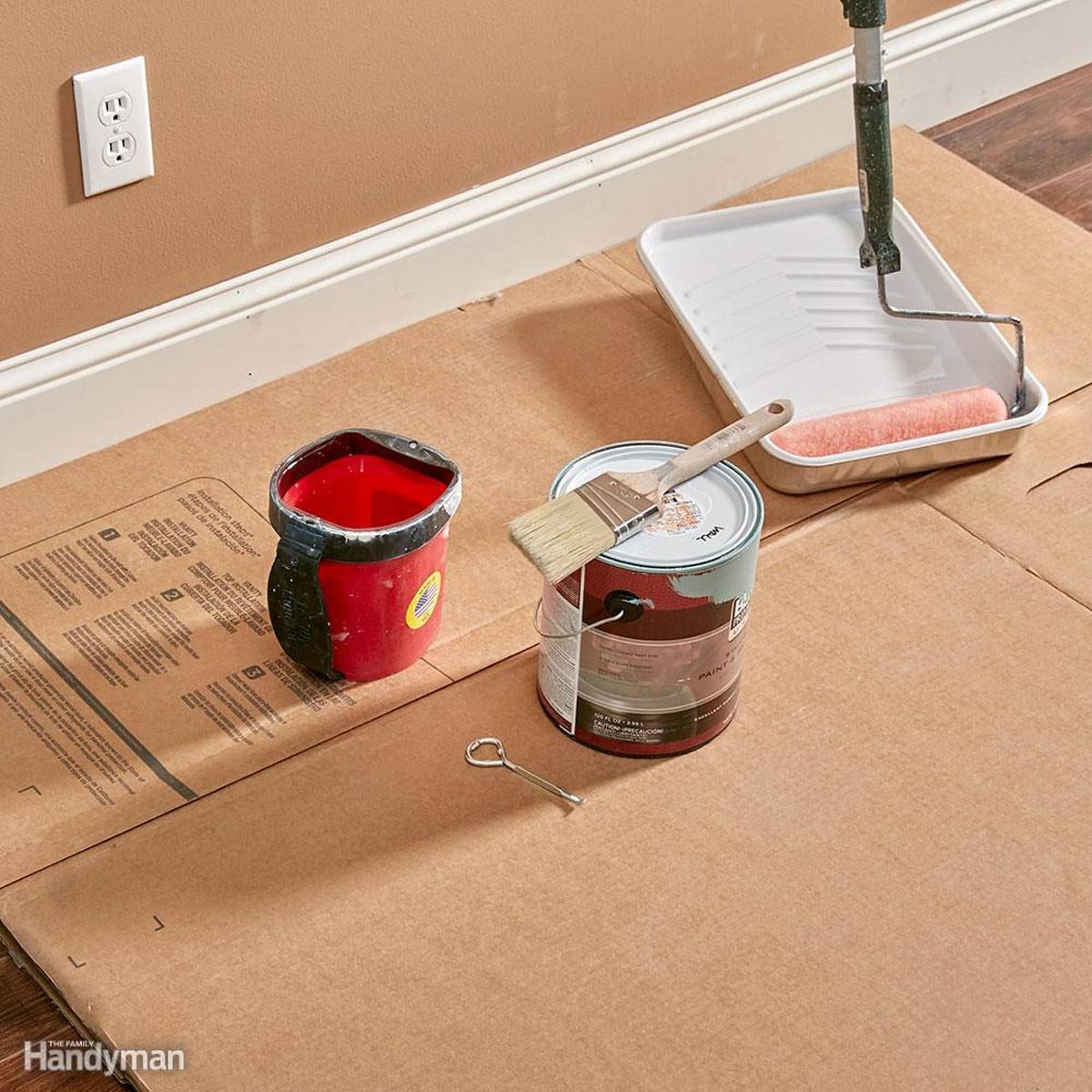
Improvising Your Painting
If you’re able to access the vacant home before moving in, this is the absolute best time to paint. If you can’t paint until you move in, prioritize which rooms you want to paint first and make your life easier by keeping them as empty as possible. Want to make painting go faster?
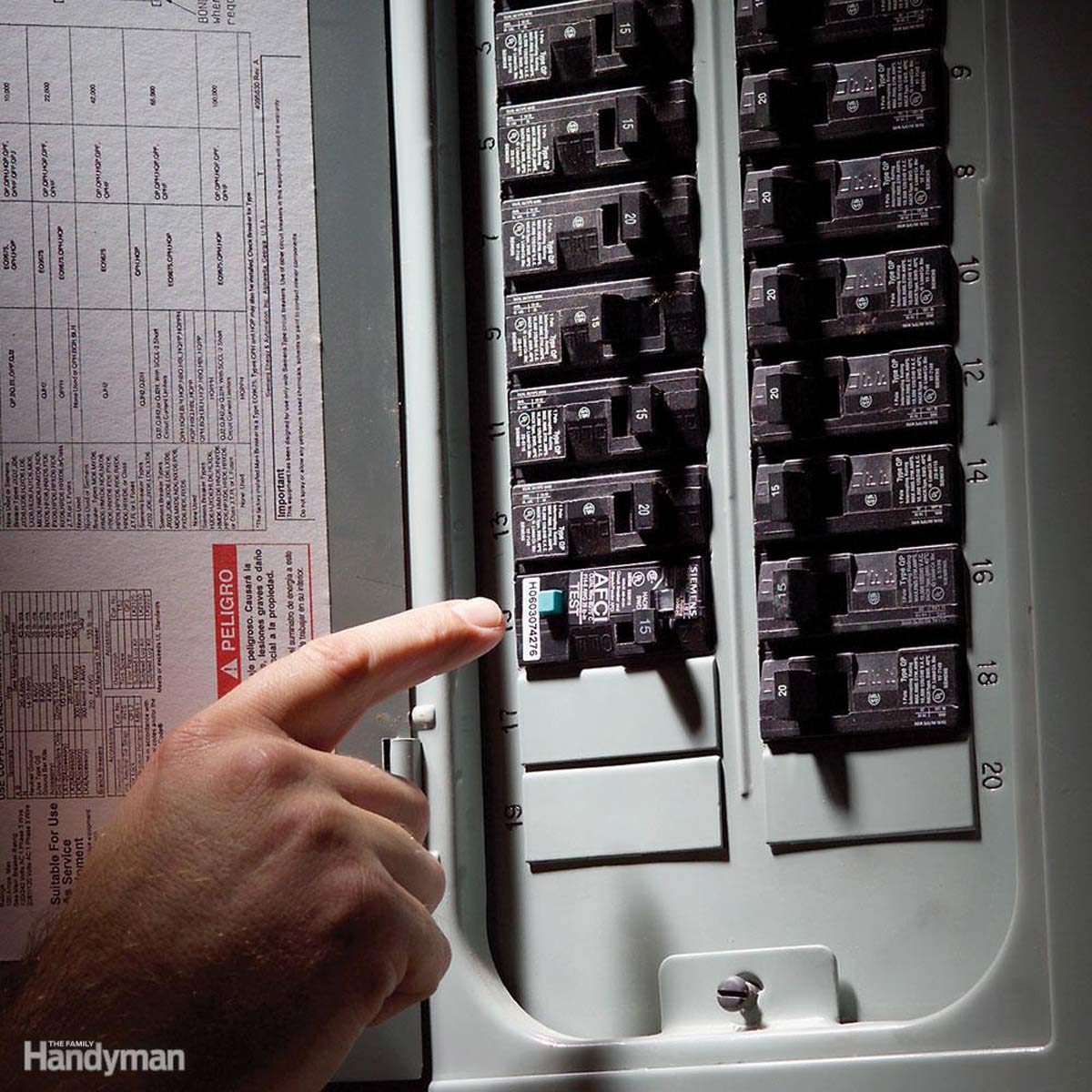
Waiting to Set Up Utilities
If possible, transition utility accounts to your new address, and set up all installation appointments as close to move-in day as you can. Use apps like Nextdoor.com and social media to ask future neighbors for vendors they’d recommend. File for a change of address with USPS, IRS, and banking.
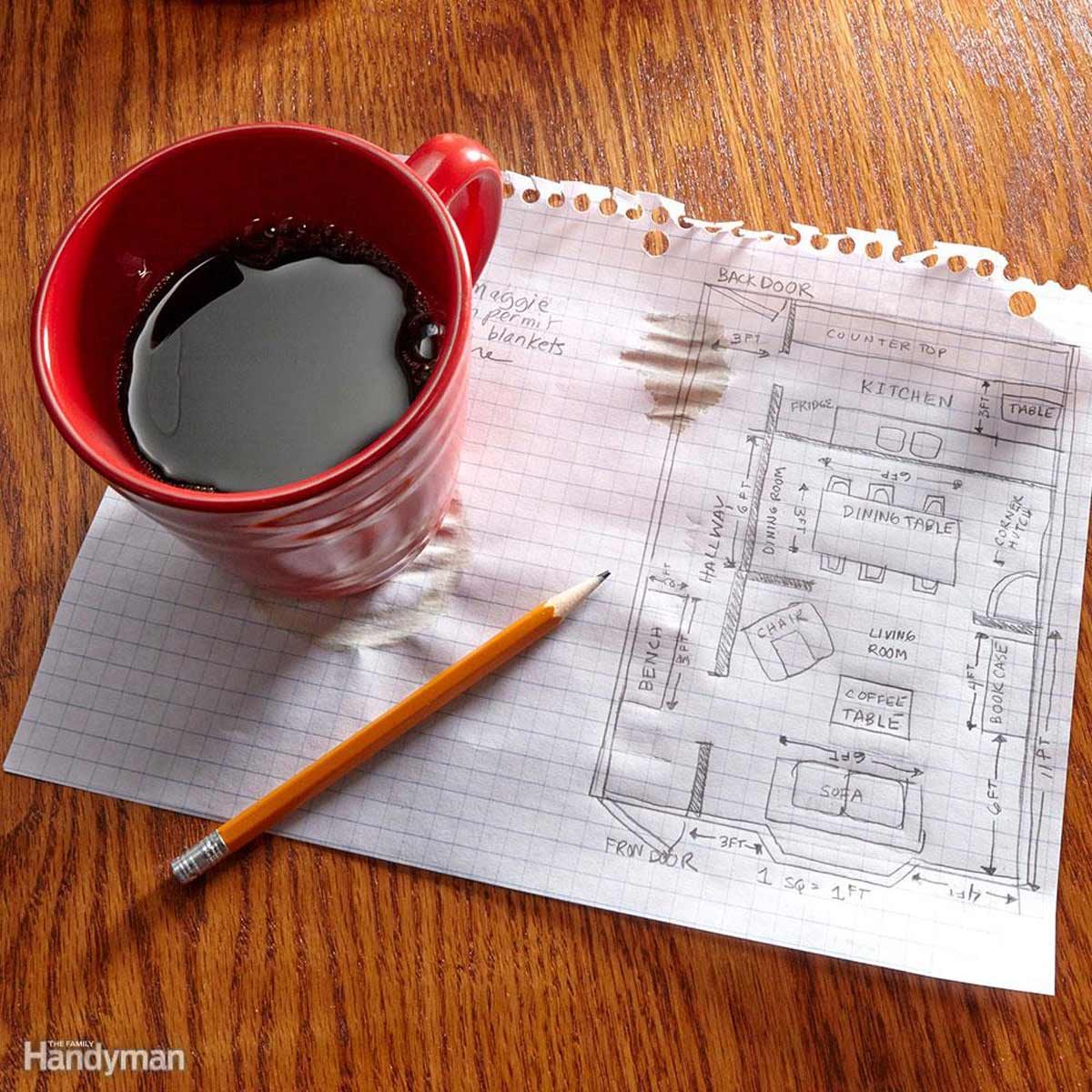
Moving Willy-Nilly
Use colorful garage sale stickers, or multi-colored masking tape to match each moving box with its final destination. Blue= kitchen, Purple=master bedroom, etc.? This not only helps you on move-in day but any movers or friends helping unload. Buy a few big, permanent markers and really label the boxes with their contents. This will help the inevitable opening of a dozen wrong boxes before finding the one that actually contains the coffee mugs.
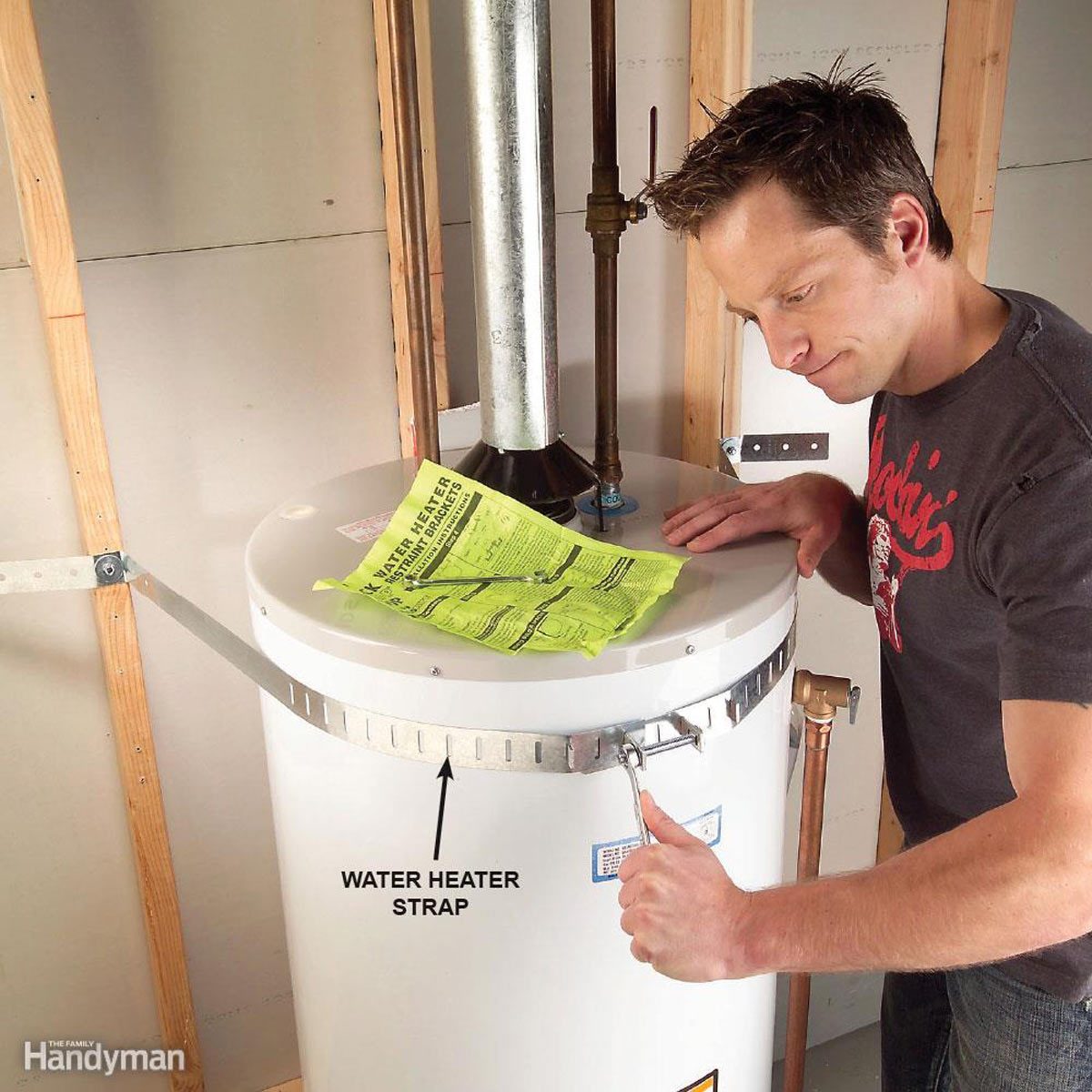
Not Making a Prioritized List
The minute you walk in to your new home, your mind will be racing with to-dos. Keep this overwhelming task list at bay by keeping a notebook in a central location and write down every action item you or your family thinks of throughout the day. After 24 hours cut the list off, and prioritize each item with a 1, 2, or 3. First priority should be items completed that week – such as safety concerns, cleaning, unpacking essentials, etc. Priority two should be tasks completed within the next two months – related to organization, maintenance and remaining unpacking. Priority three tasks should be non-essentials, but improvements and projects you’d like to complete within the year – renovations, landscaping, and large purchases.

Leaving the Locks
It’s a small price for piece of mind. Even if the previous homeowner has handed over their set of keys, there’s no telling who else might still have one. A dog walker, a cleaning lady, a babysitter or family member—it’s easy to imagine someone still having access into your new home, so changing the locks soon after move in will give you security and piece of mind. Same goes for garage door codes.
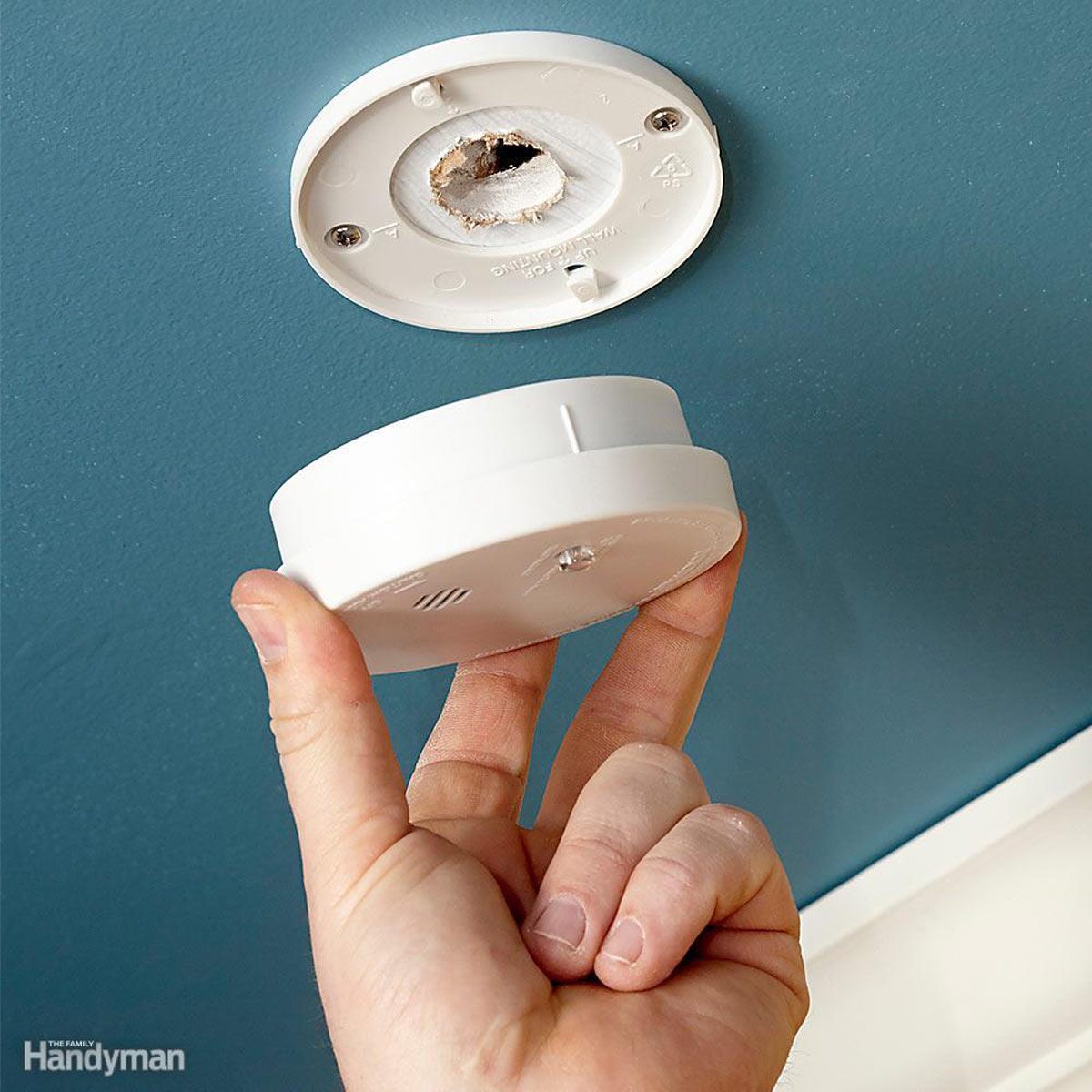
Forgetting Fire Alarms
Test all fire alarms, replace batteries and add additional alarms where needed. Purchase a carbon monoxide detector and fire extinguisher and establish a fire safety plan early with all family members. Do not rely on the previous owners to keep fire safety up to date.
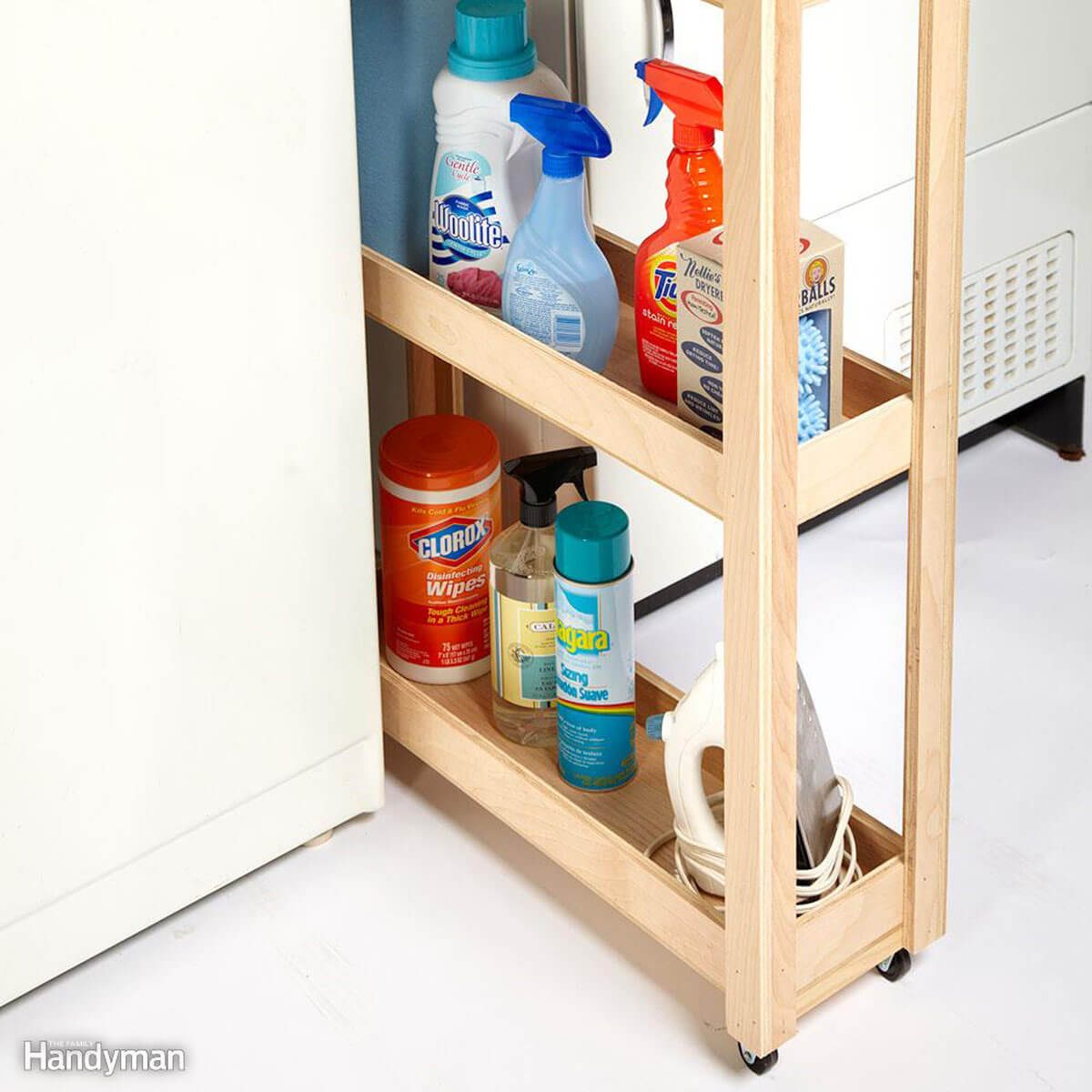
Starting Too Big
You’ve likely got a long list of projects you’d like to complete in your new home, but if you haven’t taken on a large home project before, it’s best to start small and work your way up so you can learn from mistakes in less important places. Try updating the laundry room, or installing a closet system before moving onto a bathroom remodel, or new flooring.
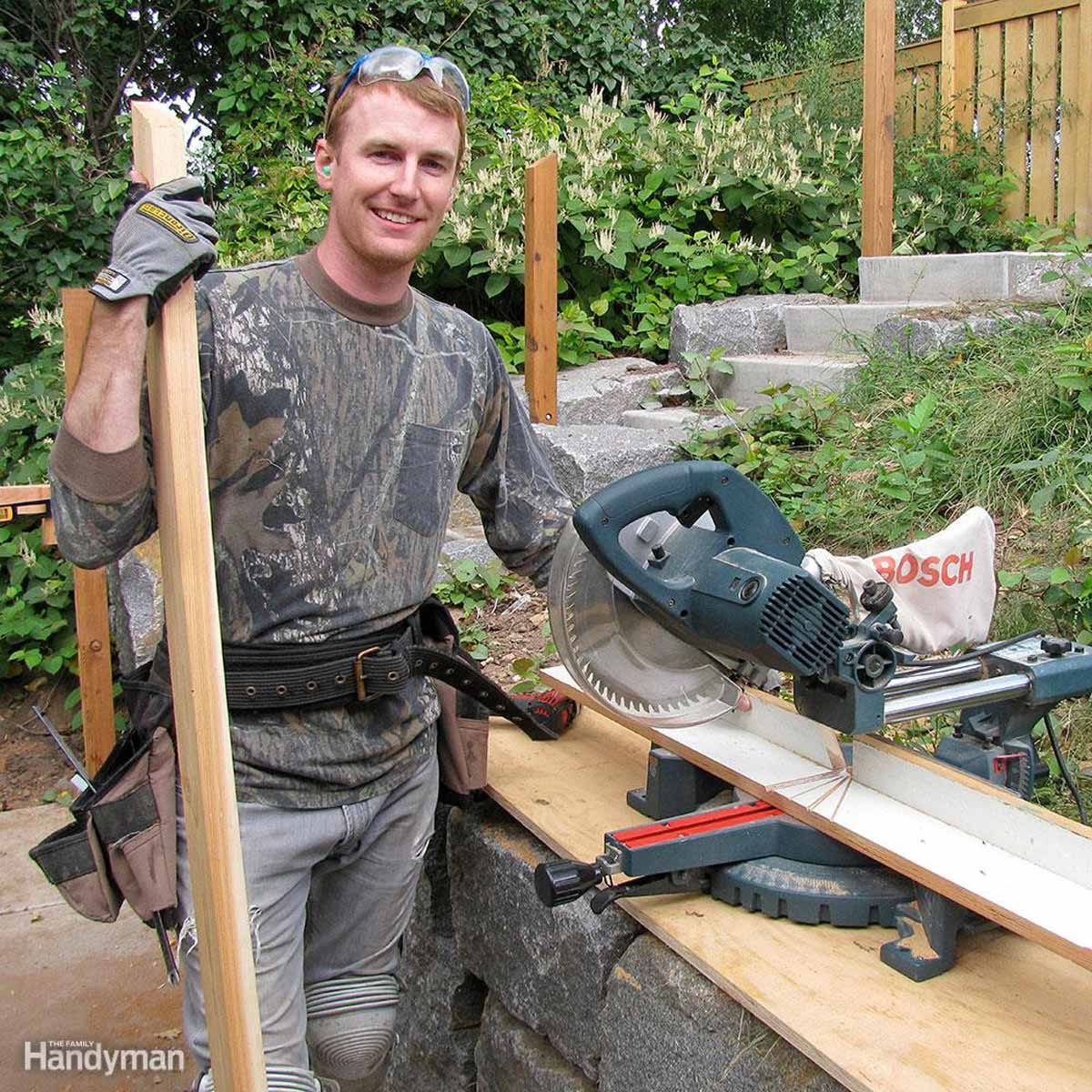
Tackle Multiple Projects at a Time
When we first bought our old house, I tore right into a porch and kitchen remodel and started on a fence. Before I knew it, I had the whole house AND yard torn up. Ultimately it all came together, but there was a lot of added stress with everything going on at once. — Kirk Pennings
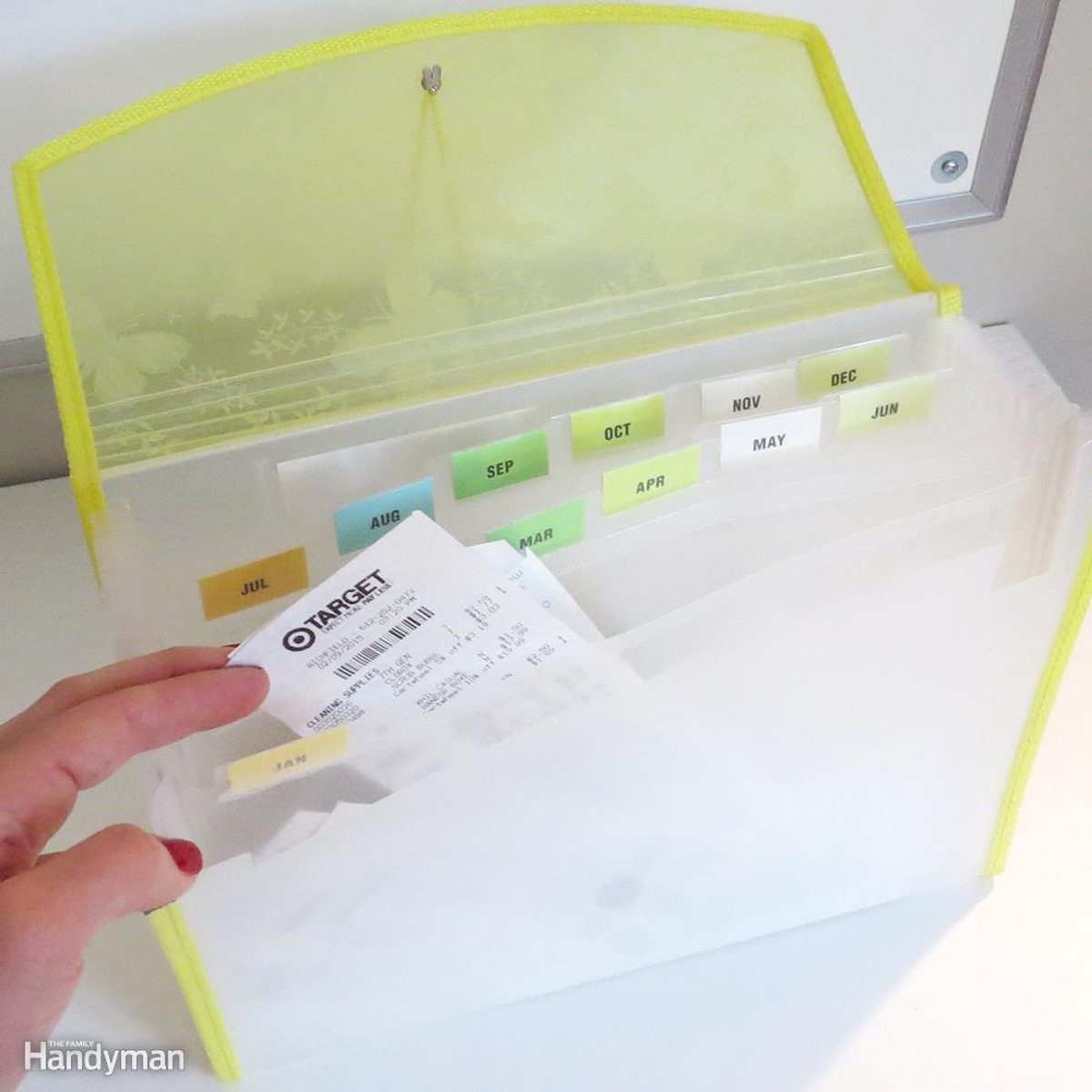
Not Keeping a Homeowner’s Journal
Buy a ring binder and keep insurance papers, repair receipts and all other paperwork pertaining to the house in it. Storing all your house information in one handy place makes life easier for the homeowner and can be a sales ‘plus’ when selling the house later. –Debora Emmert

Making Big Changes
Live in your home for 12 to 18 months before undertaking any major renovations such as additions or knocking down walls. What you initially think you want may change after you’ve lived there for a while. – Fran Carpentier
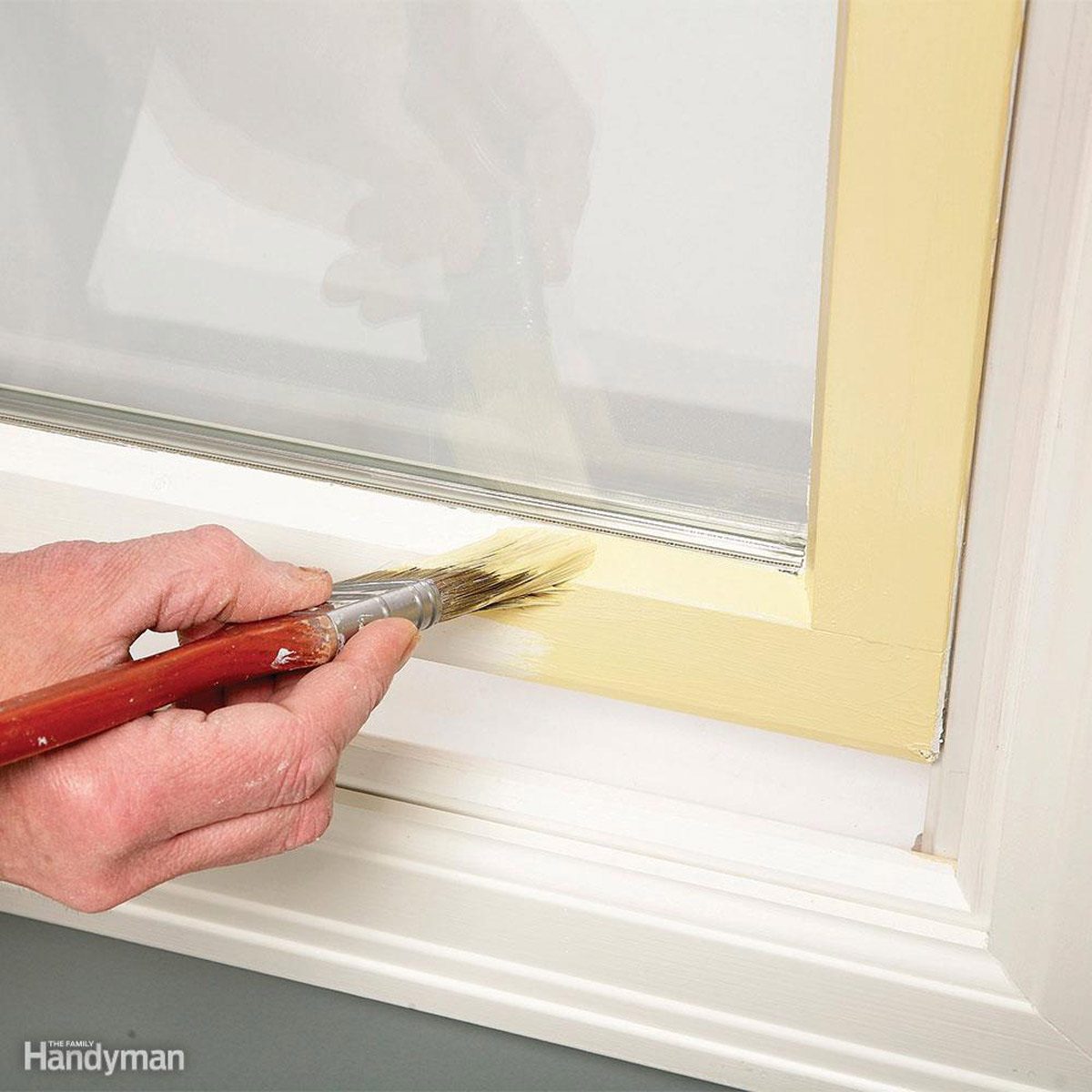
Starting and Stopping Projects
Don’t learn to live with incomplete projects. If you do, the last couple of pieces of trim can linger for years! — Jack Bauer

Trusting Too Much
Insist on full written disclosure from the seller about remodeling, repairs, old damage, leaks, mold, etc. Check with the city or county, and get—in writing—the property’s permit history, zoning, prior uses, homeowners’ association restrictions and anything else you can find out. Forget ‘location, location, location.’ I say, ‘Verify, verify, verify!’ —Paul Bianchina.
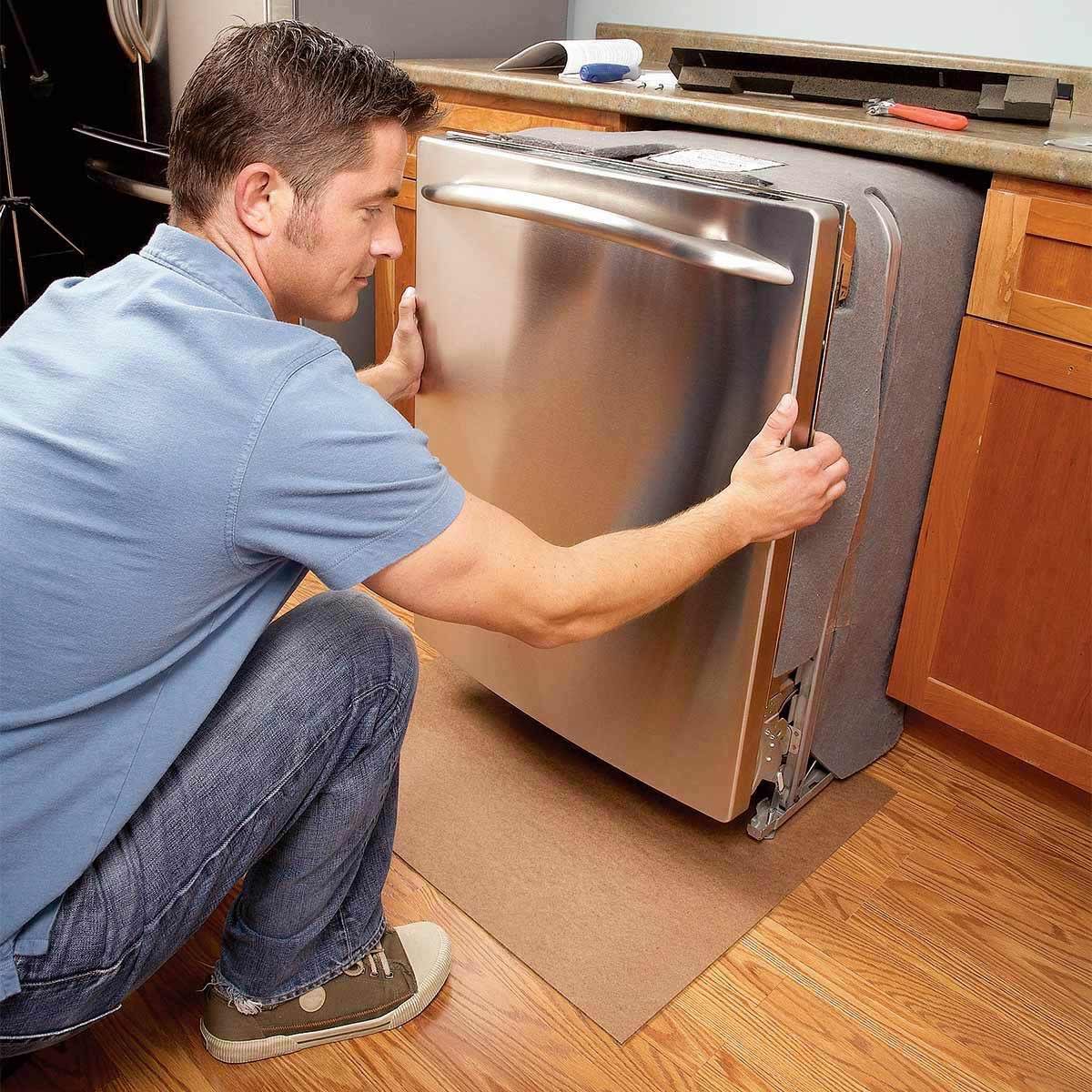
Overlooking a Home Warranty
We had the seller throw in a home warranty. This saved us from a faulty dishwasher and got us a brand new furnace. — Larry Gusman

Picking a Pro From an Internet Search
If you’re looking for plumbers, electricians or other pros, ask your neighbors. You tend to get decent advice if you get it from people who live near you. — Bob Bessette
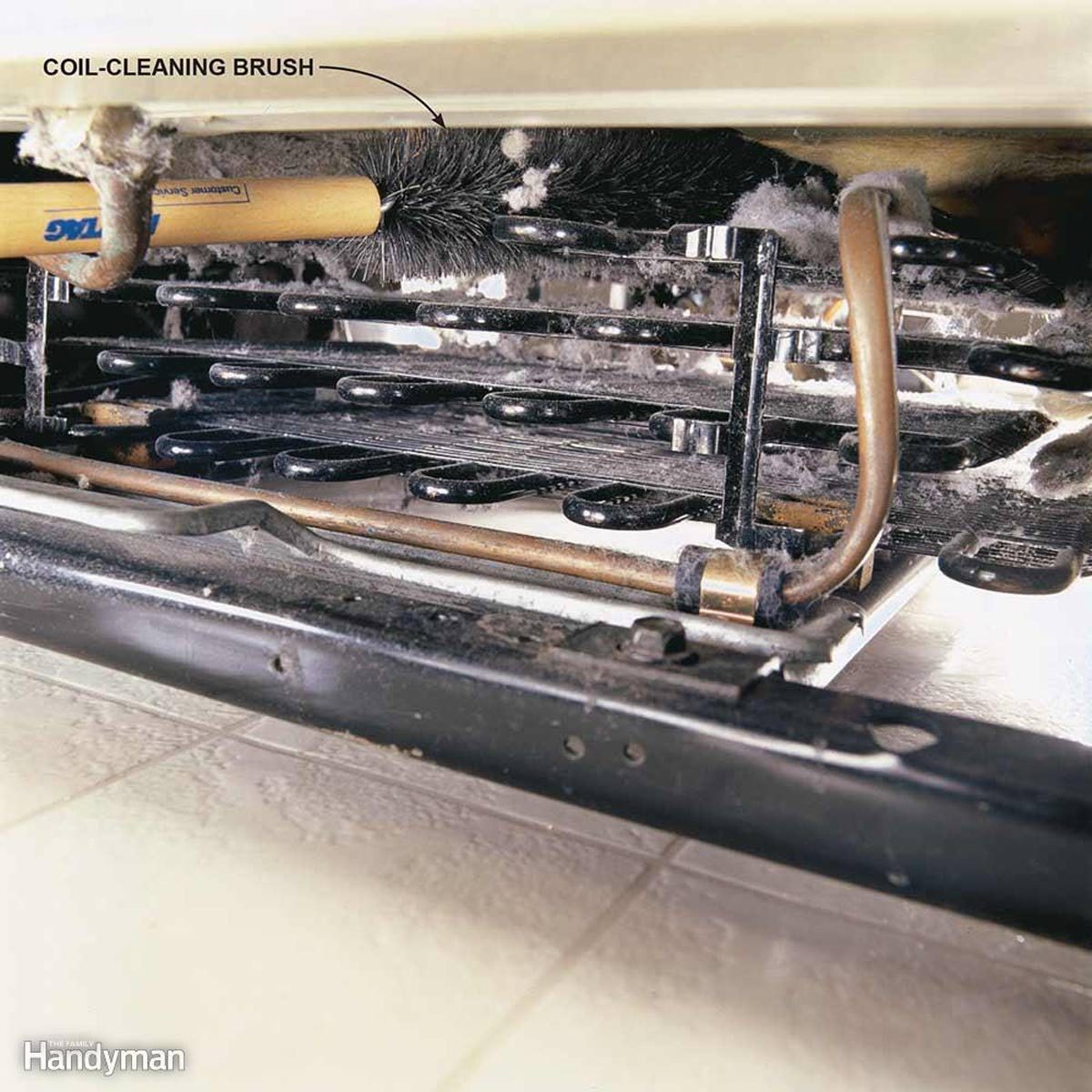
Forgetting to Clean Refrigerator Coils
Refrigerator condenser coils are located on the back of the fridge or across the bottom. When coils are clogged with dust, pet hair and cobwebs, they can’t efficiently release heat. The result is your compressor works harder and longer than it was designed to, using more energy and shortening the life of your fridge. Clean the coils with a coil-cleaning brush and vacuum. A coil-cleaning brush, which is bendable to fit in tight areas, does a thorough job. Look for one online or at appliance stores.

Leaving the Lint Screen Dirty
A clogged lint screen or dryer duct drastically reduces the efficiency of your dryer, whether it’s gas or electric. Clean the lint screen after each load and clean the exhaust duct once a year. The Linteater (shown) has an auger brush that attaches to a drill to clean out the ducts.
Electric dryers use about $85 of electricity annually. A dirty lint screen can cause the dryer to use up to 30 percent more electricity, according to the Consumer Energy Center. Lint buildup is also a common cause of fires.
Dry loads of laundry back-to-back so the dryer doesn’t cool down between loads (a warm dryer uses less energy). And only run the dryer until the clothes are dry. Overdrying damages your clothes and runs up your electric bill. If you’re in the market for a new dryer and already have a gas line in the house, go with a gas dryer. A gas dryer is more efficient.
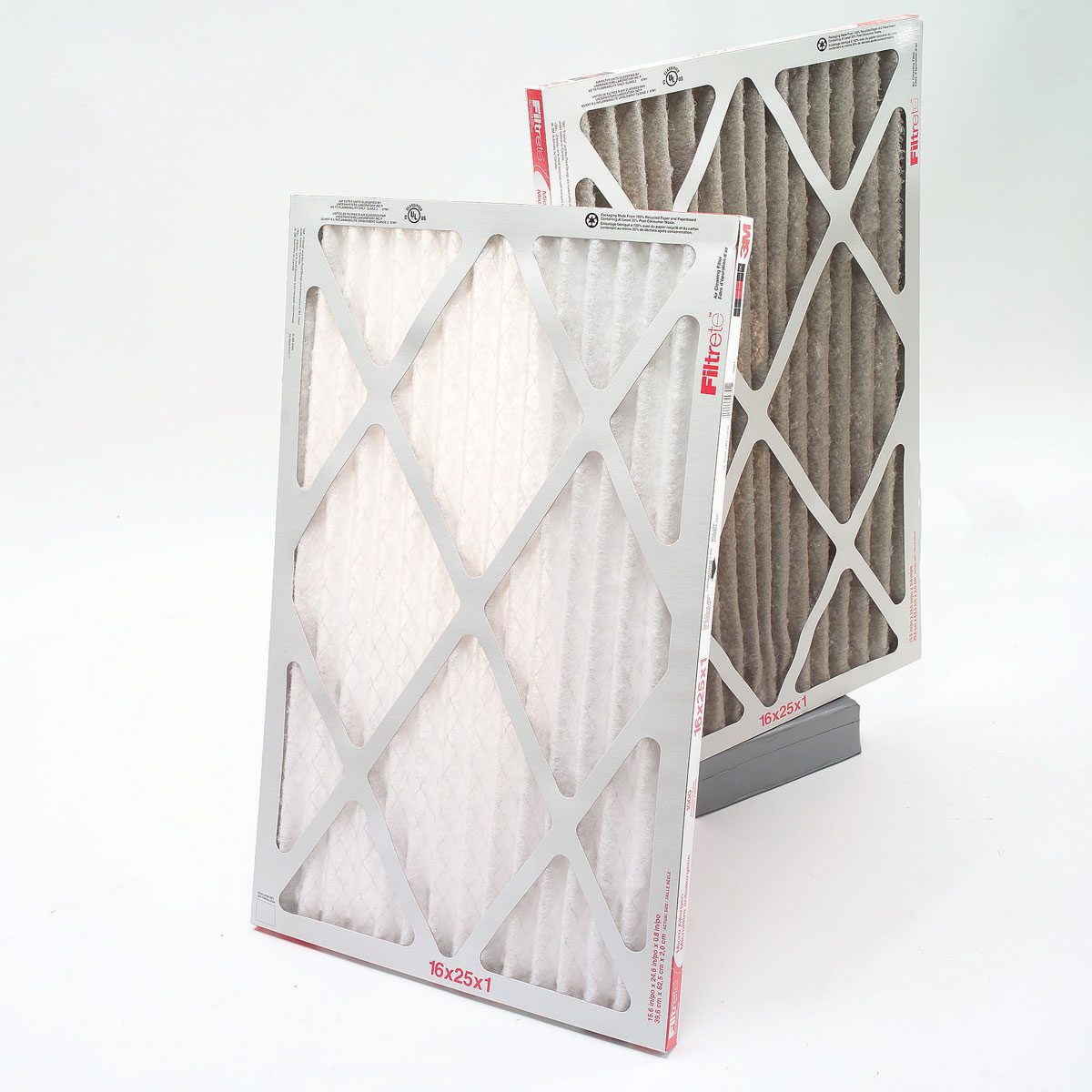
Forgetting the Furnace Filter
One of the fastest ways to create problems with a forced-air heating and cooling system is to forget to replace the filter. Locate the furnace filter and buy replacements if the previous owners didn’t leave you a stash. Replace the filter (and get in the habit of doing it every month). Here’s how!
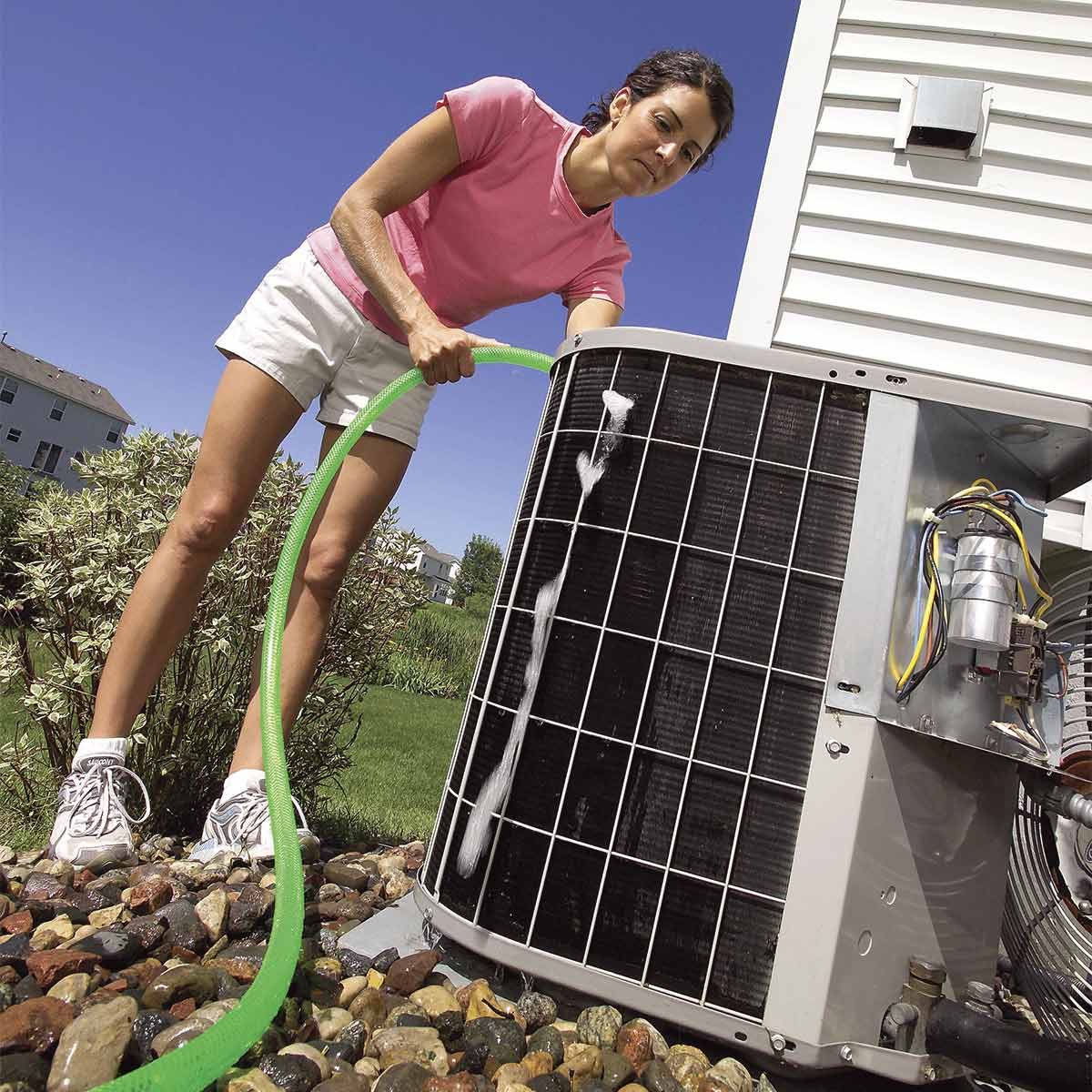
Failing to Clean Air Conditioner Condensers and Evaporators
A little sweat equity now will help both your wallet and your comfort level later when summer’s heat sets in. Most of the job can be done without the help of a professional, and by servicing and testing out your cooling system now, you will have plenty of time to make an appointment with an air conditioning contractor if there’s any unforeseen issues. After cutting off the electricity to the unit, vacuum the outdoor condenser’s exterior fins with a soft-bristled brush, and clear away bushes, weeds and overgrown grass within two feet of the unit. Indoors, replace the furnace filter on the evaporator unit, vacuum the blower compartment, and clean the condensation drain.
For the full guide to cleaning the air conditioner, click here.
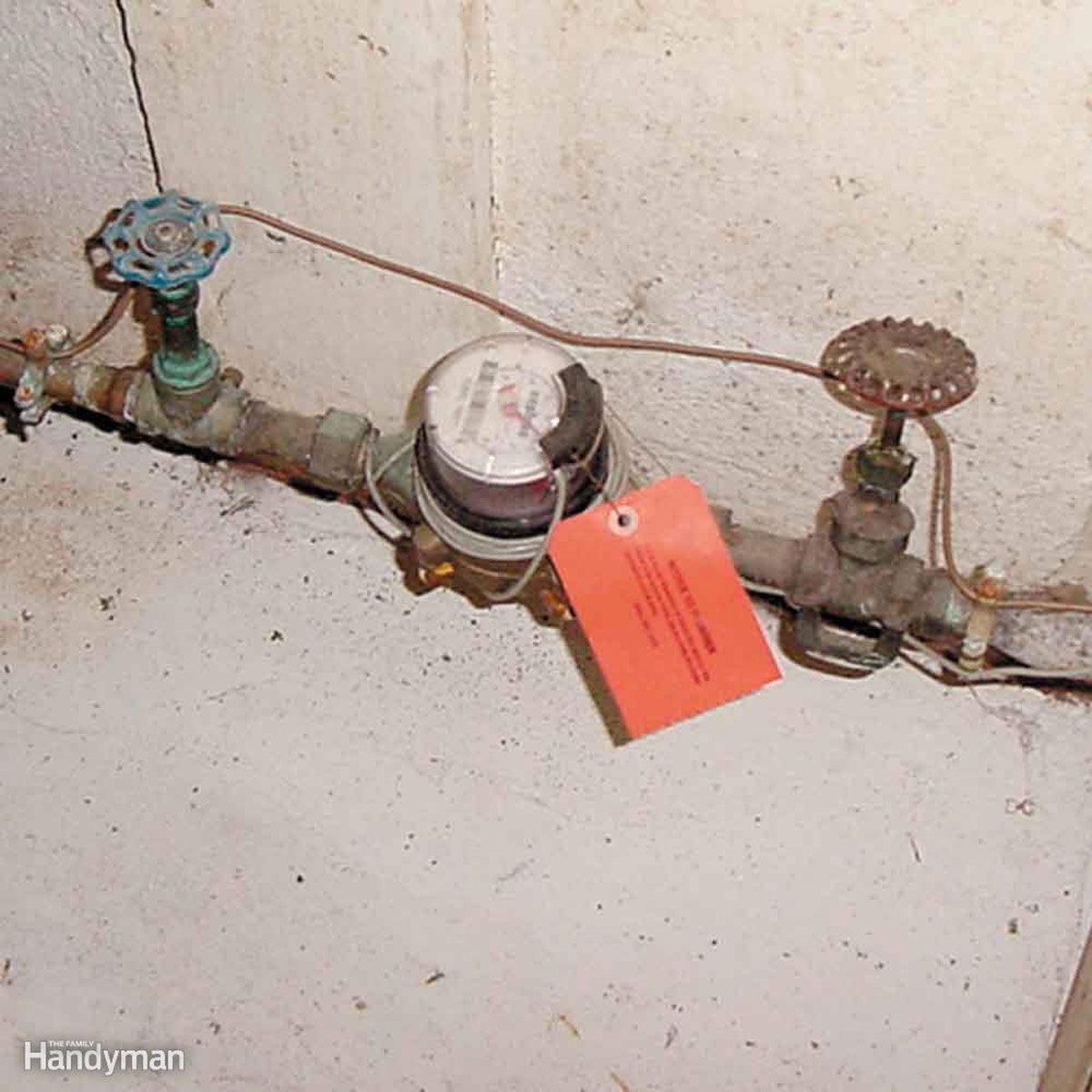
Not Mapping Out Your Home’s Main Water Shutoff Valve
Know where you main water shutoff valve is in case you need to shut off the water to your entire house.
Almost all homes have one main shutoff valve directly before the water meter and another directly after. Where the meter is located depends on the climate in your area. In cold climates, the meter and main shutoff valves are located inside, usually in a basement or other warm area to prevent freezing. In milder climates, the meter and its two shutoff valves may be attached to an exterior wall or nestled in an underground box with a removable lid.
Between the water main in the street and the meter, there’s also usually a buried curb stop valve (accessible only by city workers wielding special long-handled wrenches) and a corporation stop, where your house water line hooks up to the water main. Your city absolutely doesn’t want you messing around with these valves. Turn your water off or on using the main valve on the house side of the meter. This valve will normally be a gate-type valve, with a round knurled handle, requiring several full clockwise rotations to turn off. In newer homes, it could be a ball valve.
Find out more about main water shutoff valves here.
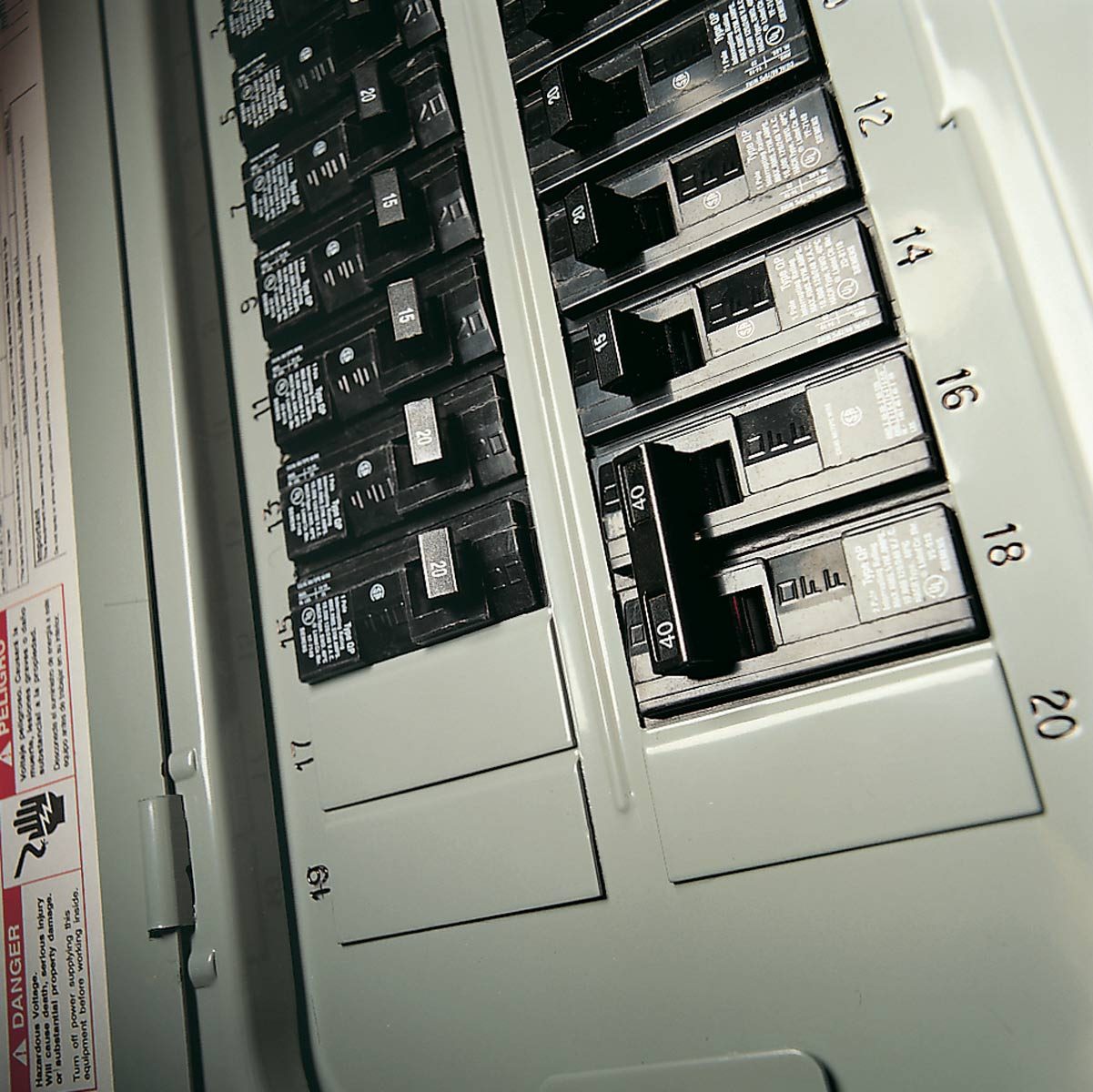
Forgetting to Find the Electrical Panel
Find the electrical panel so you know where to shut of the power to you whole house or an individual circuit.
You’ll usually find the main circuit breaker panel—a gray, metal box—in a utility room, garage or basement. Don’t worry about opening the panel’s door. All the dangerous stuff is behind another steel cover. Behind the door is the main breaker for the entire house (usually at the top of the panel) and two rows of other breakers below it, each controlling individual circuits. If you’re lucky, there will be a guide that indicates which outlets and receptacles are served by each circuit.
Learn more about circuit breakers here.

Skipping the Crawlspaces and the Attic
It’s good to familiarize yourself with the farthest corners of your home. Check for leaks, bugs, mold and other issues that you should address sooner rather than later. If your crawlspace doesn’t have a vapor barrier, learn how to install one here.
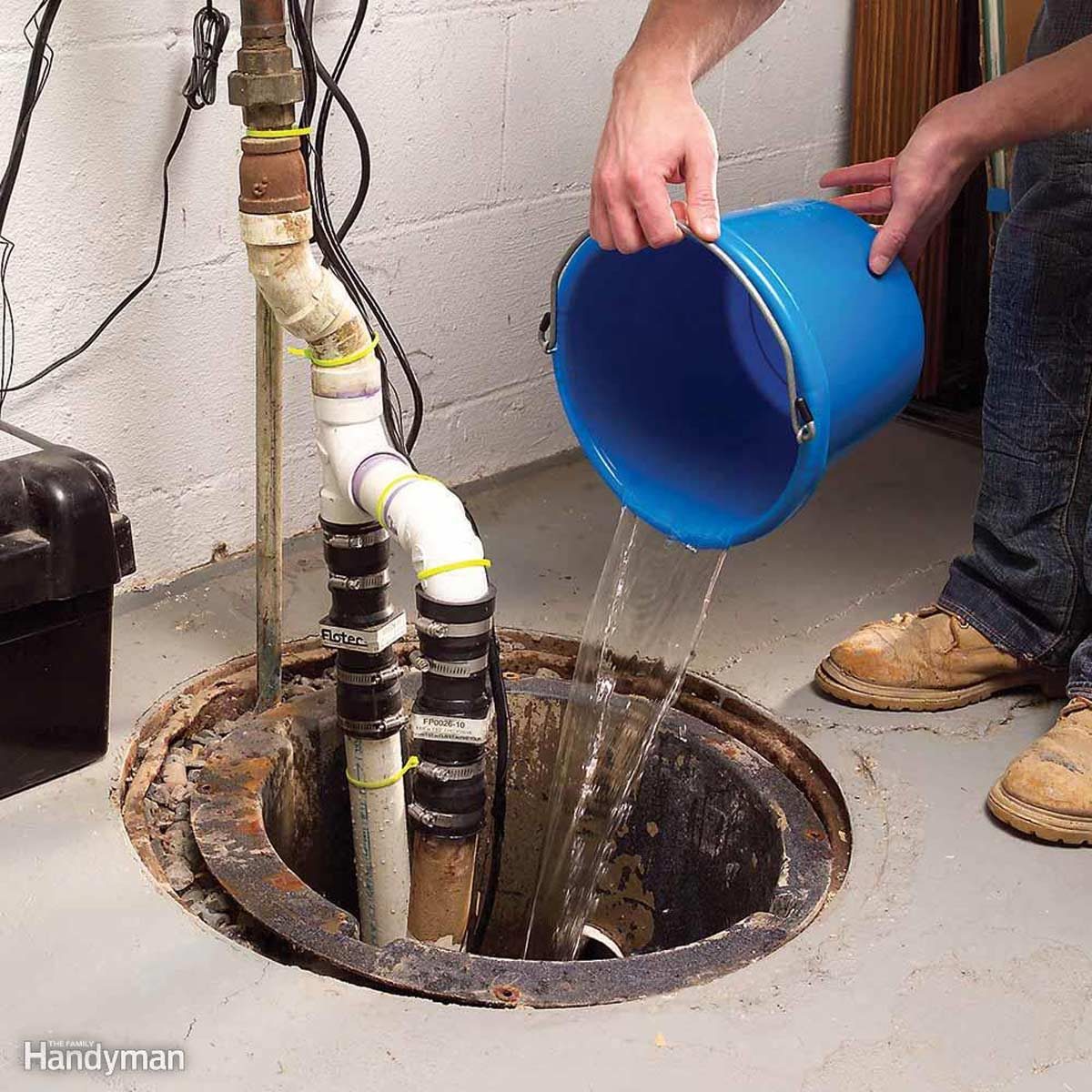
Ignoring Your Sump Pump Before the Beginning of the Rainy Season
Pour water into it to make sure it works.
The most common time for a sump pump to fail is the first heavy rainfall after months of not being used. The submerged or partially submerged portions of cast iron pumps can rust and seize. And they’ll burn out when they switch on. Don’t get caught with your pump down and the water rising. After a long dry (unused) spell, pour a bucket or two of water into the sump to make sure the pump kicks on.
And do you have sump pump backup? A good sump pump installation should include a backup system for breakdowns and power outages. Learn the pros and cons of four pump backup methods here.
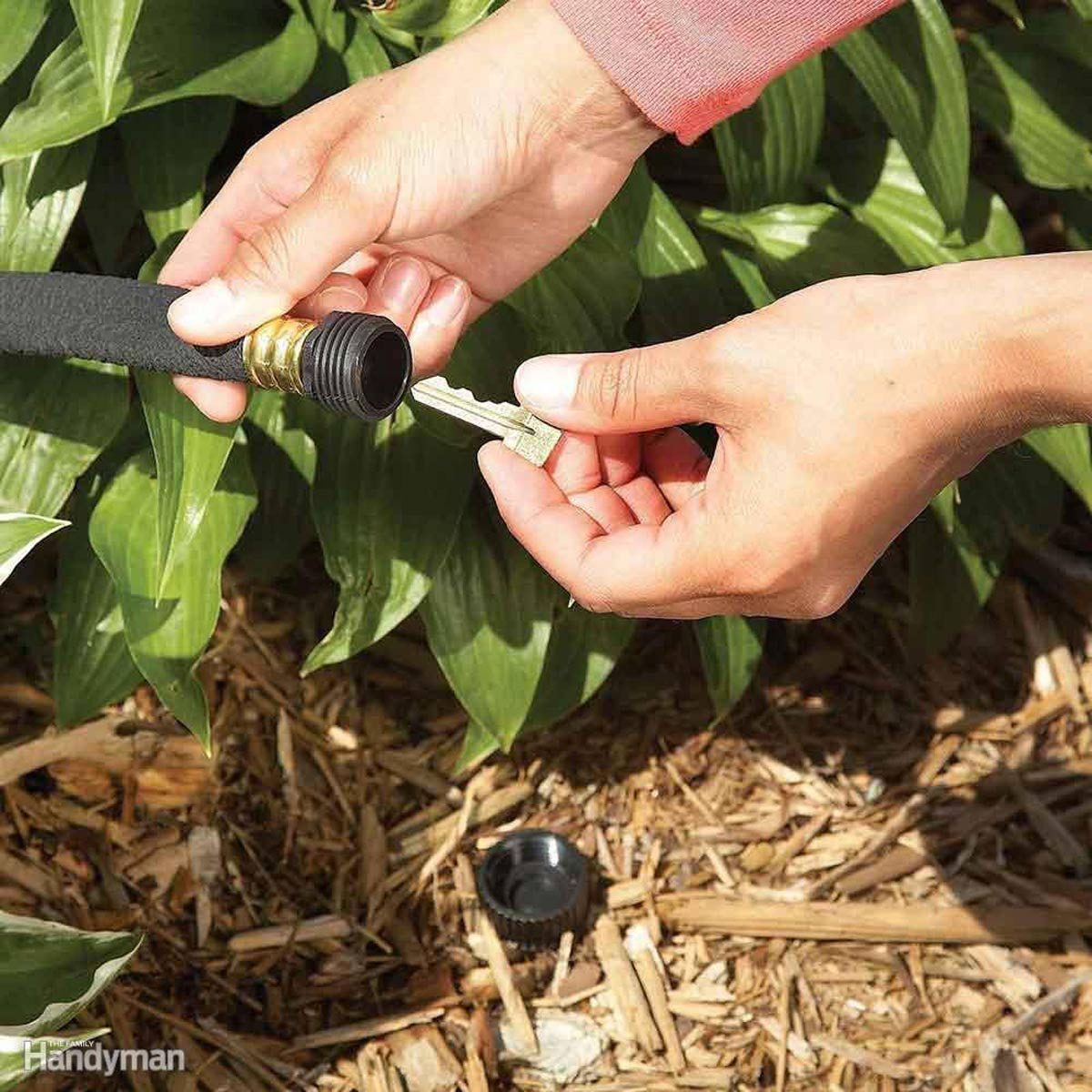
Not Hiding a Key
If you don’t have keyless locks, be sure to hide a house key so you don’t get locked out. Consider a location other than under the welcome mat, like in a garden hose or under a flower pot.
For hiding valuables inside your home, check out these crazy places people have hid things.
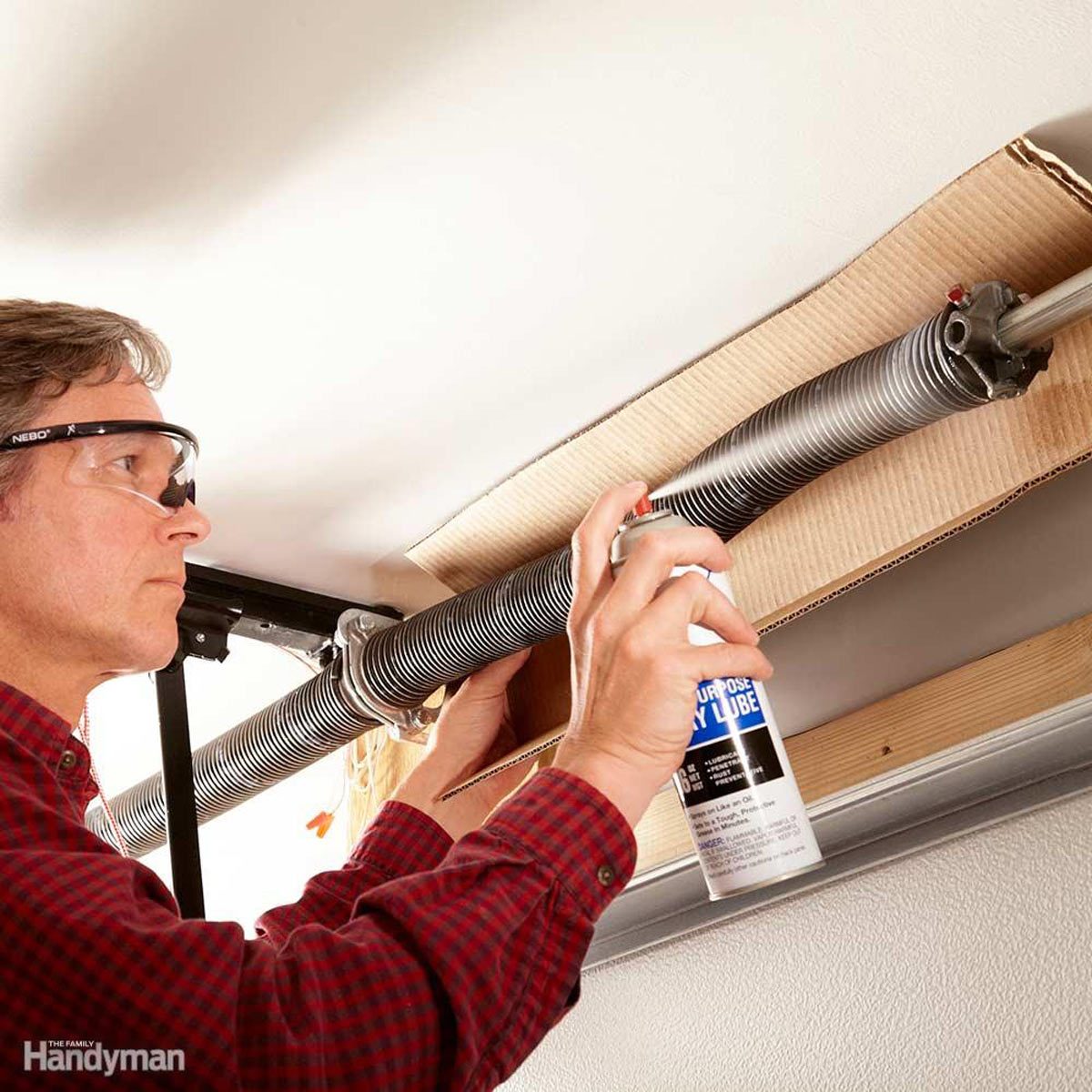
Ignoring Garage Door Springs
Coat the overhead torsion springs mounted above roller tracks with a garage door lubricant. All springs will eventually break because of metal fatigue and/or corrosion, but lubing them at least once a year will make them last longer. Spraying can be messy; it’s smart to protect the wall behind the spring with a piece of cardboard. Garage door lubricant is available at home centers. Lube the rollers, hinges and track while you’re at it. Learn more garage door maintenance tips.
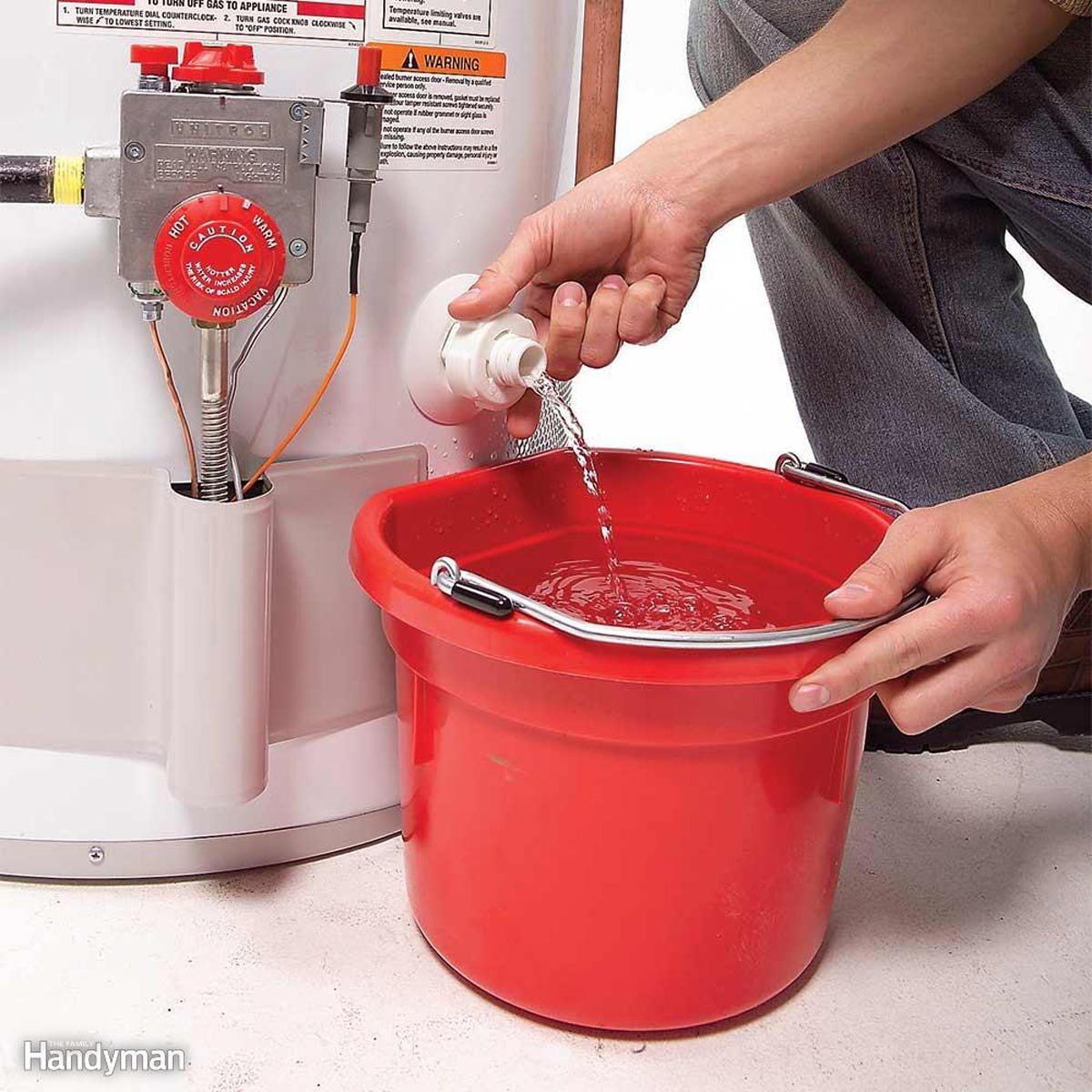
Letting Sediment From Your Water Heater Collect
A distraught homeowner called a plumber because her water heater wasn’t heating, and furthermore, it was leaking. Right away, the plumber asked if the homeowner had been draining some of the water from it every year. The puzzled homeowner said, ‘No. Why?’ It turns out that sediment will collect at the bottom of the tank. This creates hot spots on gas-powered heaters that can damage the tank and cause premature failure. On an electric water heater, sediment buildup can cause the lower heating element to fail. So, occasionally draining a water heater will lower energy bills and extend its life. We recommend draining water heaters at least once a year. Plus: 12 DIY Ways to Make Your Stuff Last Way Longer


